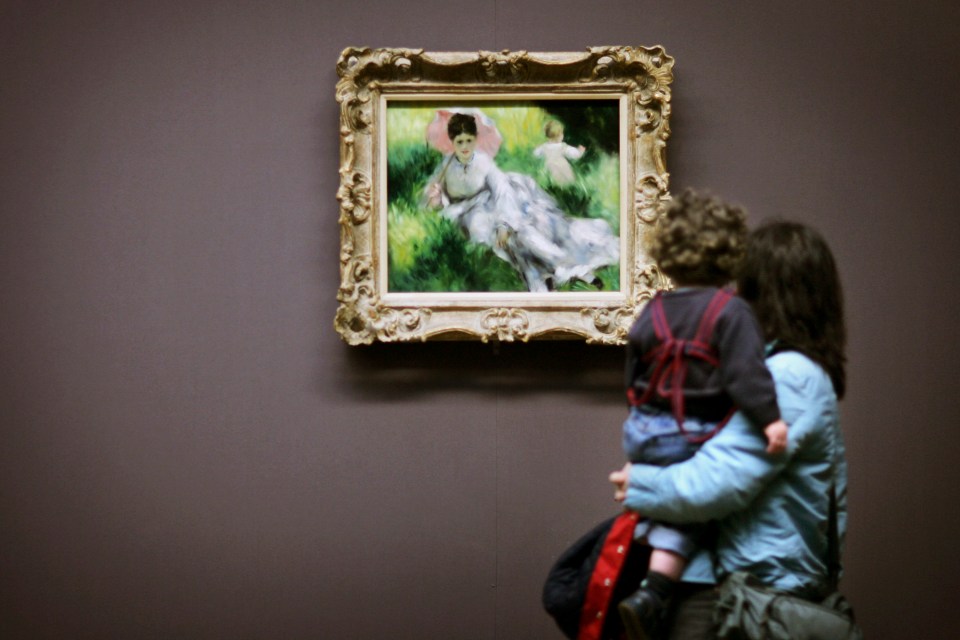The National Portrait Gallery has been re-imagined to fit into a very modern London

The refurbished National Portrait Gallery will be modern while maintaining its history. After three years of restructuring, it will be a wonderful addition to the quirky cultural London scene, writes David Ross
Few cities in the world can match London’s rich collection of museums and galleries. A favourite amongst them is the National Portrait Gallery, uniquely devoted through paintings and images of the human face and telling human stories.
All similar organisations have been hit by the pandemic lockdown, and some have suffered painfully. But it is not those pressures which have seen the NPG close its doors for the last three years. This gallery’s story is altogether different.
Behind the scaffolding and builders’ screens these years of feverish activity have dramatically changed the NPG, both inside and out. It is a transformation taking the gallery into the future to meet the demands of the modern world while still building on its outstanding qualities from the past.
Until now, the gallery’s modest entrance, which to many was little more than a side door, unwittingly understated the fantastic appeal of everything inside. That has literally been turned around.
Our gallery is in the heart of London’s West End, the very centre of the bustle of its night time life and economy. Historically the entrance to the gallery faced east, because in the past the communities of Leicester Square and Soho were not considered desirable by grand national institutions. The cheek of it! Thankfully, the world has changed and we have too, with our new entrance facing north towards Chinatown and Covent Garden.
It is designed to say “come in, and don’t be shy”. It is intended to beckon everyone and anyone from all backgrounds, and broaden access to the arts to all people, and especially to new audiences. It’s a national collection inside. It belongs to all of us, and so is open to everyone who might be standing on the outside thinking about coming in.
The restructuring of the building also equips us to fulfil our mission to transform the way we communicate and appeal to young people, and we have achieved that by constructing much-improved facilities to offer for school visits, life drawing and other activities.
Ultimately, it is the artistic experience and the educational value that accompanies it, which is the heart and soul of the National Portrait Gallery.
While we were shut, we have been able to think differently about our collection, the message of it and the accessibility to all. Thanks to generous support from our sponsors we have been able to actively address the challenges around gender and diversity inherent within our historic collection and to address questions.
We are delighted to share the hugely important Reynolds portrait of Omai, after a campaign tenaciously led by Nicholas Cullinan and his team, and ultimately acquired with significant support from lottery players and the hugely innovative partnership with the Getty Museum. In a similar vein the foresight of the Weston family has enabled us to refurbish and transform the Weston Wing, now open to the public as a gallery for the first time in over 25 years.
Quirky, idiosyncratic, different, and fun, we hope to present the world’s greatest display of portraiture to our visitors in a way that has been reimagined, in a building that has been reinvented.
After three years of toil, generous support, boundless imagination, and quite remarkable enthusiasm from all involved, the National Portrait Gallery will now once again open its doors. Step in and love it as we do.
